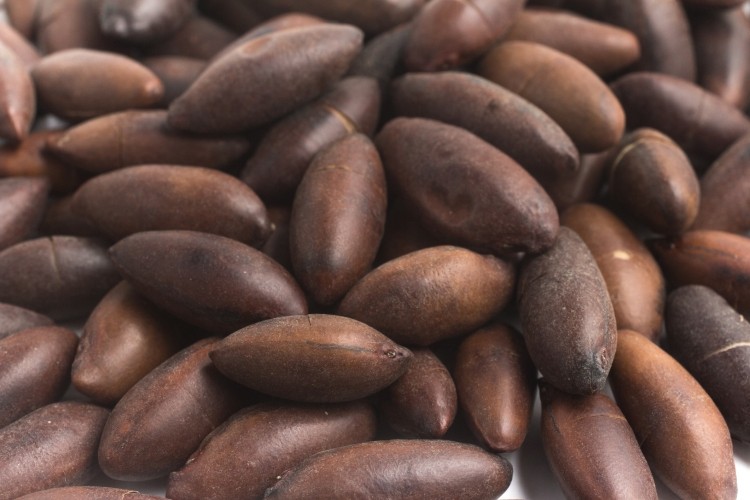Baru nut consumption may boost antioxidant defenses in obese people: Brazil study

Data published in Nutrients showed that baru nut consumption (20 grams per day) led to significant increases in GPx activity, compared to no nuts, but no changes were observed between the groups for catalase (CAT) activity, superoxide dismutase (SOD) activity, or levels of malondialdehyde (MDA – a marker of oxidative stress) or cytokines.
“Baru almonds contain eight phenolic compounds: Ellagic acid, coumaric acid, caffeic acid, hydroxybenzoic acid, ferulic acid, gallic acid, catechin, and epicatechin; these are stable at the high roasting temperatures and may be involved in the effect on GPx activity,” wrote scientists from Federal University of Goias and the University of São Paulo.
“In addition, in our previous study, we observed reduction of abdominal adiposity after intervention with baru almond [Nutrition, 2018, 55–56, 154–160], which may have contributed to the increase of GPx activity, since the reduction of body fat seems to reduce the downregulation in gene and protein expression from antioxidant enzymes such as GPx.”
Baru nuts
As reported recently by FoodNavigator-LATAM, interest in baru nuts is slowly increasing outside of Brazil. The nuts contain high levels of fiber, protein, vitamin E and calcium. A 2016 study by to Dr. Simone Favaro at Embrapa, Brazil’s agricultural research institute, reported that baru nut protein isolates presented more protein than those from soybean, casein, and albumin, “proving to be a very promising source of protein, which can be used in oily food preparations”.
Baru nuts are also a source of “healthy fats”, including linoleic acid (omega-6) and linolenic acid (omega-3) with a 13:1 ratio of omega-6:omega-3. For comparison, in Brazil nuts and almonds, this ratio is 232:1 and 129:1, respectively.
The same researchers published a paper last year in the journal Nutrition that indicated that baru nut consumption may help improve levels of HDL cholesterol and reduce waist sizes in overweight and obese women, and lead to significant reductions in cholesteryl ester transfer protein expression (CETP), a marker of lipid metabolism.
Study details
For the new study, the scientists recruited 46 overweight and obese women and randomly assigned them to receive either 20 grams per day of baru nuts or no nut for eight weeks.
Results showed that baru nut consumption was associated with increased GPx activity, compared to the control group, while plasma copper concentrations also increased.
“This study reports that in a normocaloric diet, regular consumption of 20 g of baru almonds increased the activity of GPx and the concentration of copper in overweight and obese women,” wrote the researchers.
“Future studies are needed to confirm the results and to investigate the effects of baru’s bioactive components on cardiovascular health.”
Source: Nutrients
2019, 11(8), 1750; doi: 10.3390/nu11081750
“Baru Almonds Increase the Activity of Glutathione Peroxidase in Overweight and Obese Women: A Randomized, Placebo-Controlled Trial”
Authors: R.G. Machado de Souza et al.






